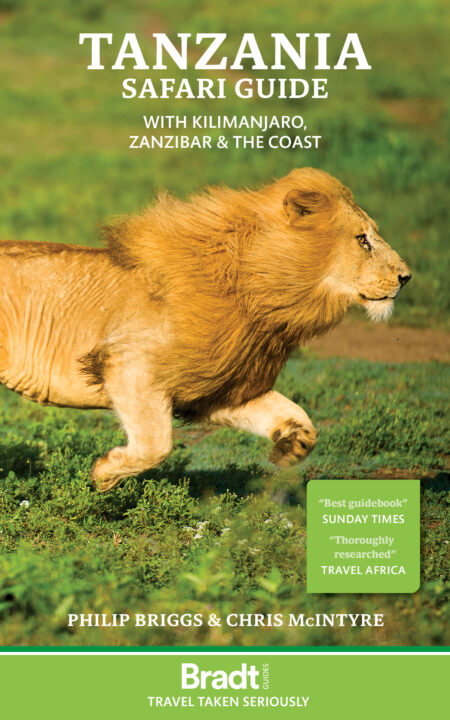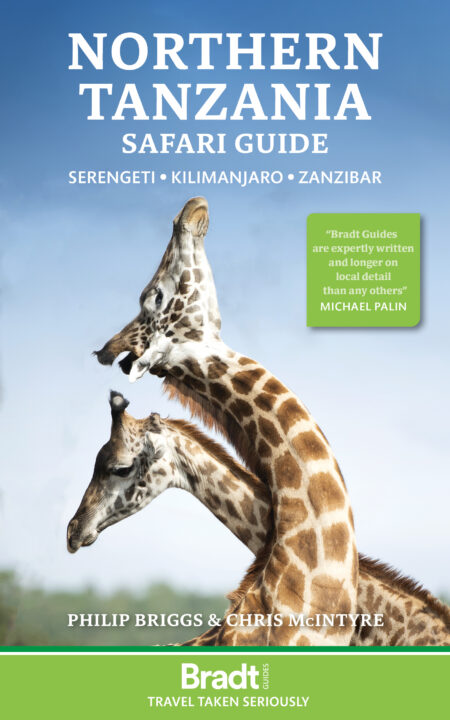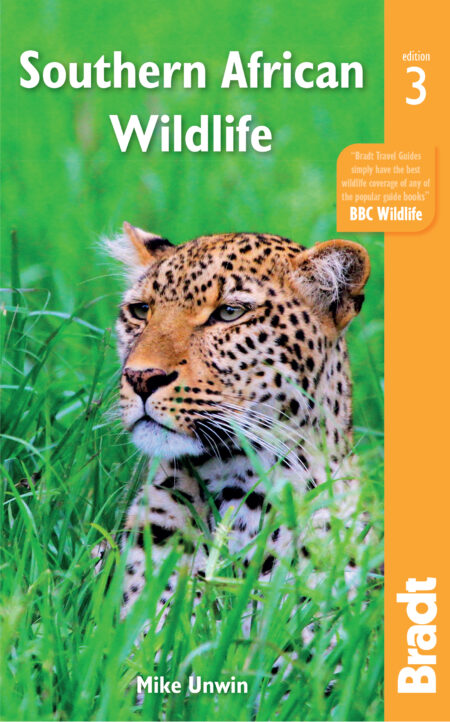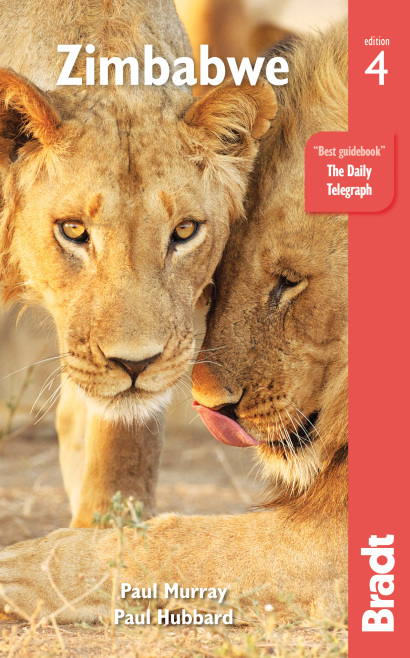Once widespread throughout southern Africa, both species of rhino have suffered heavy persecution. The white rhino was virtually wiped out at the end of the 19th century, but has since recovered through intense conservation programmes in South Africa and translocation elsewhere. The black rhino fared rather better until a poaching onslaught in the second half of the 20th century brought it to the verge of extinction across Africa, and its status today remains precarious.
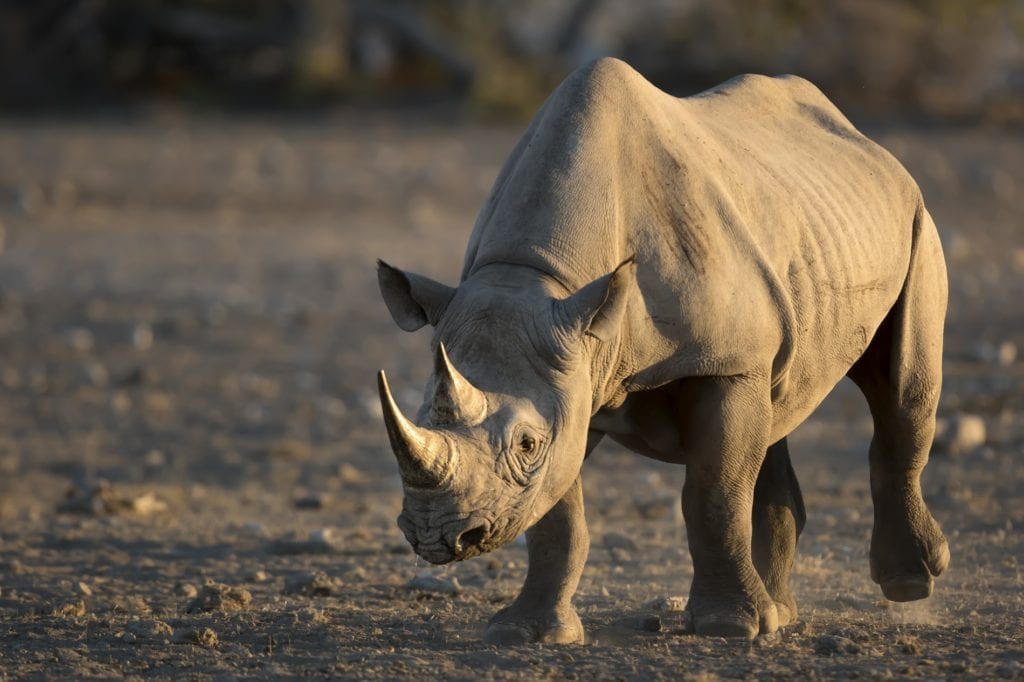
Indeed, the classification of the black rhino as critically endangered by the International Union for Conservation of Nature (IUCN) makes it the rarest of the Big Five mammals – the others being lion, leopard, elephant and buffalo. However, for wildlife lovers hoping to catch a glimpse of these imposing creatures, all is not lost. Thanks to ongoing conservation efforts, it is still possible to spot both species in the wild. Here is our pick of the best places to see rhinos on the African continent.
Namibia
The Kunene Region has one of the world’s largest populations of black rhino – a real success story for Namibian conservation. When tracking black rhino in Namibia, you’ll almost always be in the company of two or three professional guides/trackers, usually staff of Save the Rhino Trust.
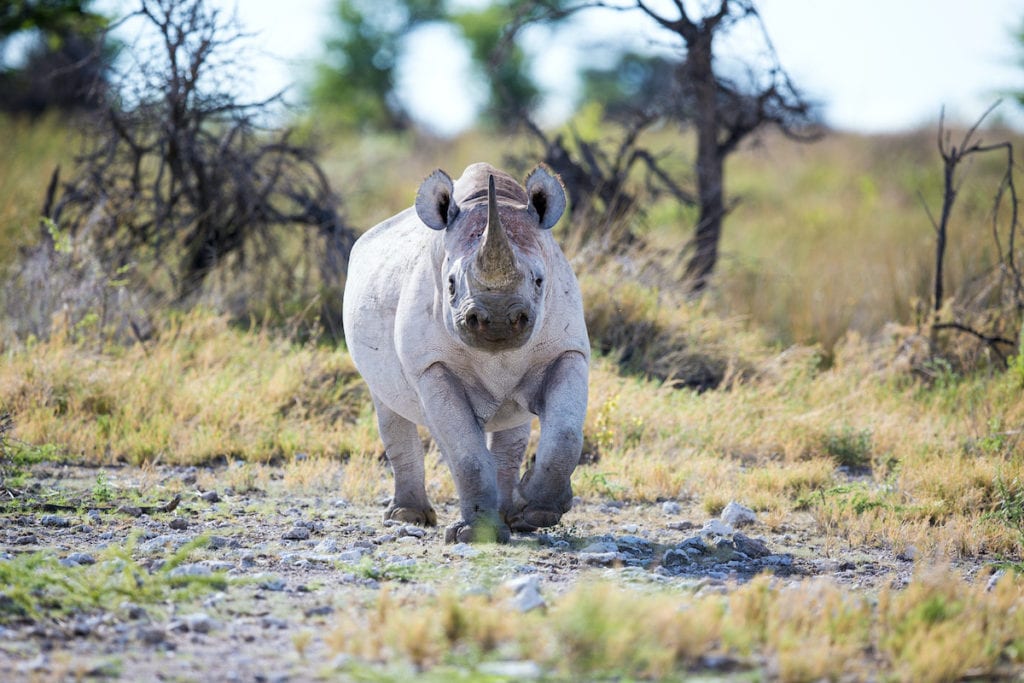
Within this region, one of the best places to see black rhinos is Etosha National Park. They continue to thrive here, with the floodlit waterholes at Okaukuejo, and to a lesser extent Halali, providing two of the continent’s best chances to observe this aggressive and secretive species. Conversely, white rhino are rarely seen in the park, though Springbokfontein seems to be the best place for a sighting.
Botswana
Until the middle of the 20th century, the white rhino was common in northern Botswana. The less populous black rhino was still holding its own in the area around the Kwando and Chobe rivers. However, by the early 1990s the area’s local population of black rhino had been wiped out, and white rhino numbers were down to a critical 19.
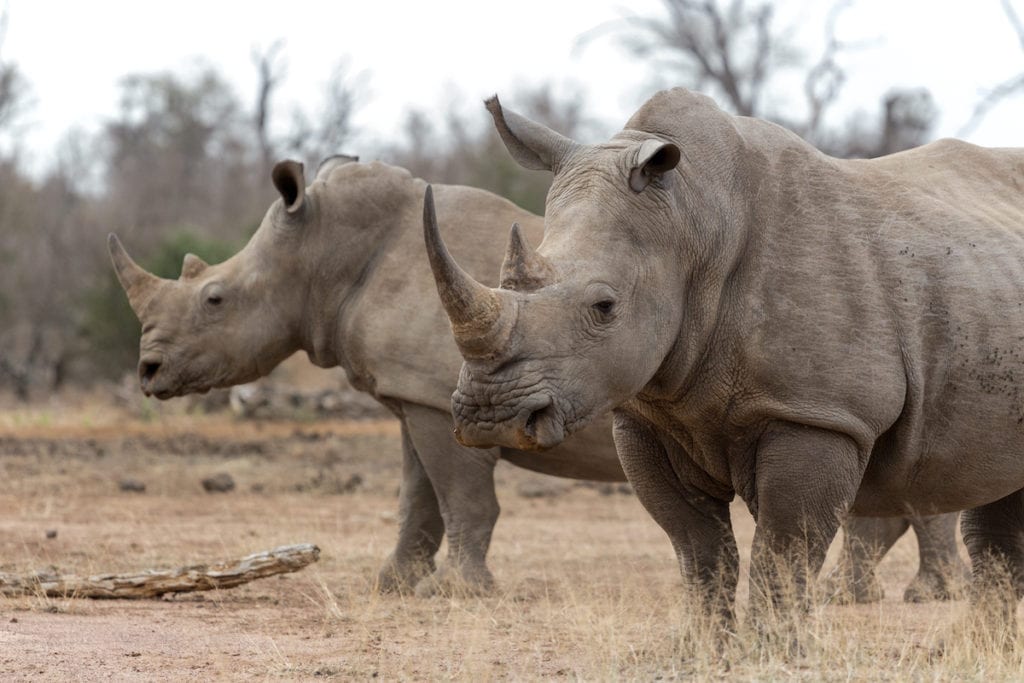
The return of the rhino to Botswana was initiated in 2001, when a number of white rhino were reintroduced into the Moremi Game Reserve, and more have been added in the intervening years. Although numbers remain small, they are increasing, and are gradually spreading out – with wandering rhinos now occasionally turning up in Chobe National Park and even Magkadikgadi Pans National Park. Black rhino, too, have been reintroduced into Moremi, though they are very rarely seen.
Tanzania
Ngorongoro Crater has always been noted for its density of black rhinos. Despite the overall decline in numbers since the 1960s, Ngorongoro is today the only accessible part of the northern safari circuit where these endangered animals are seen with any regularity.
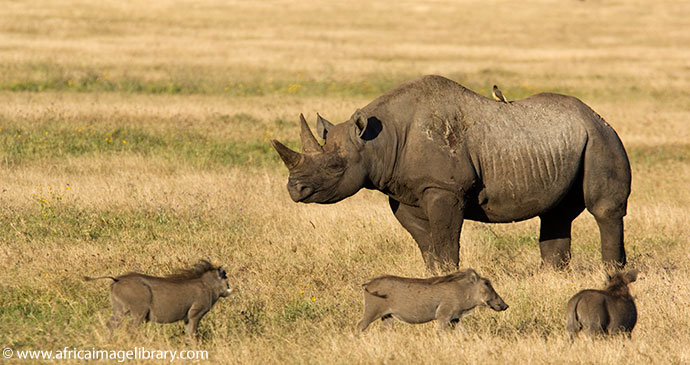
For many visitors to the crater, therefore, rhino sightings are a very high priority, and fortunately the chances are pretty good. In Tanzania’s wet season, the rhinos are often seen in the vicinity of the Ngoitokitok Springs and the Sopa road. For most of the year, however, they range between the Lerai Forest by night and Lake Magadi by day.
Zimbabwe
Both white and black rhinos have been successfully reintroduced into Zimbabwe’s Matobo National Park. For the best chance of spotting one, head to Whovi Wilderness Area. This is the wildlife-viewing part of the national park, fenced off from the rest and with a separate entrance fee. Because there are rhino and leopard here, you cannot enter on foot without an accredited guide. Overall, it’s a relatively small area: a leisurely drive around the route takes two to three hours.
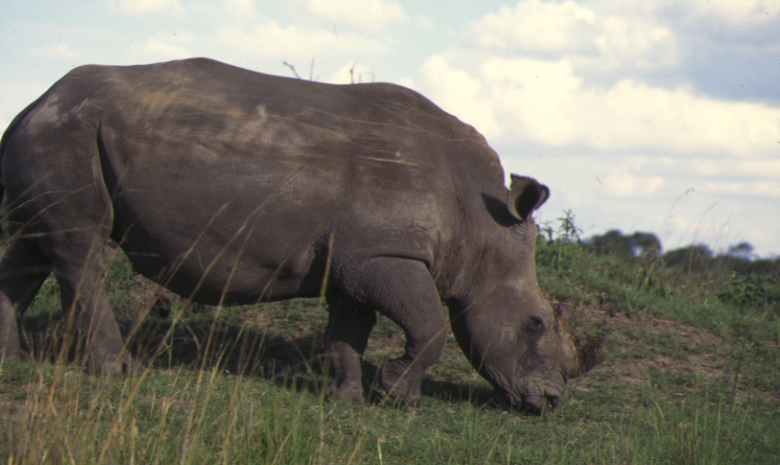
Additionally, the game park to the north of Lake Mutirikwi is home to a population of white rhino imported from Hluhluwe-Imfolozi Park in South Africa. The park is criss-crossed with drives and firebreaks that give access to the whole area; you can self-drive or your accommodation can arrange a guided drive.
eSwatini
Reintroduction of the rhino to eSwatini (formerly Swaziland) began in 1965 and they became re-established in the lowveld. Heavy poching during the late 1980s took a further toll, but today there is a good breeding population in both Hlane Royal National Park and Mkhaya Game Reserve.
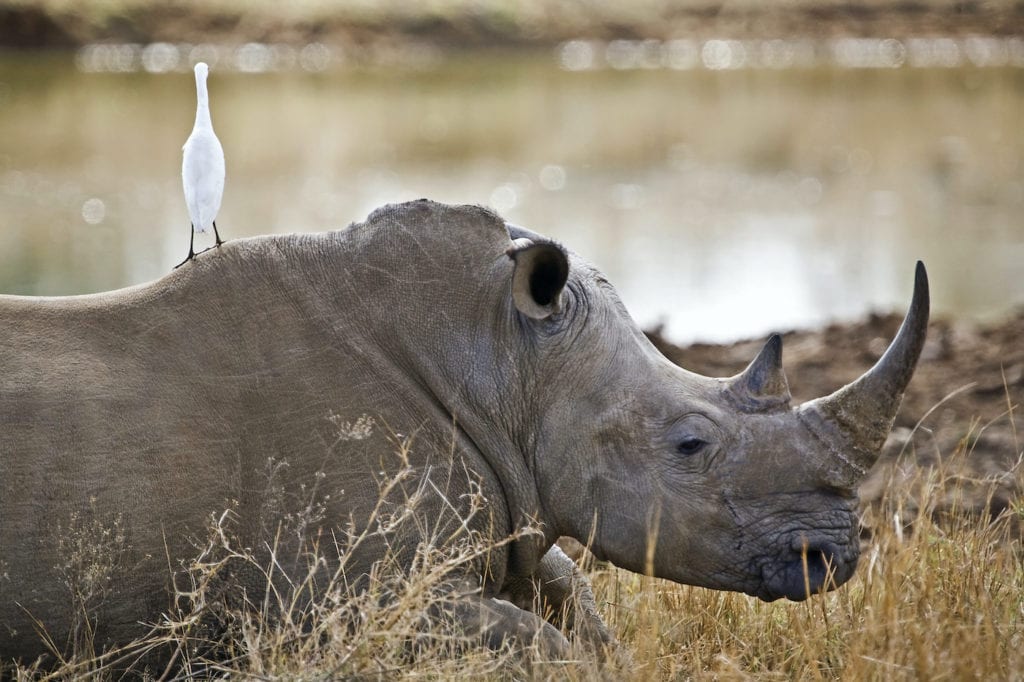
Mkhaya, a private nature reserve, offers eSwatini’s most exclusive safari experience. Guided game drives offer close-up viewing, and this is one of Africa’s best locations for tracking both rhino species on foot.
South Africa
South Africa supports at least half the global population of black rhino. While it’s quite difficult to spot, the best places to look for it are Kruger National Park and Hluhluwe-Imfolozi Park.
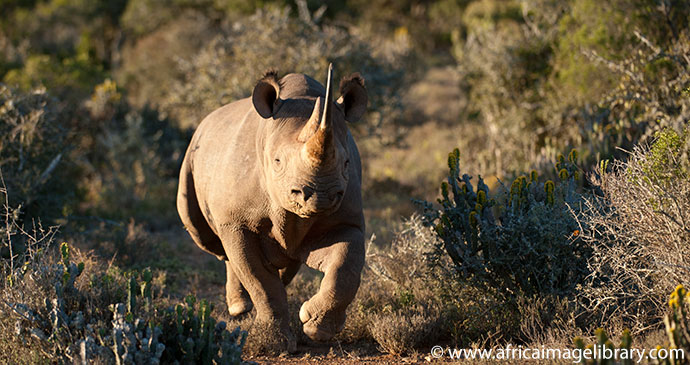
South Africa is an even more important stronghold for the bulkier white rhino, supporting more than 90% of the global population. More than half of these are centred on the Kruger, with most of the rest spread across the Zululand reserves.
Uganda
Both species of rhino occur naturally in Uganda, but they have been poached to local extinction. Ziwa Rhino Sanctuary, a 70km2 tract of tangled woodland situated south of the Kafu River, is now the only place in Uganda where rhinos can be seen in a more-or-less wild state.

This is thanks to the ongoing introduction programme overseen by Rhino Fund Uganda. The sanctuary’s main attraction is a growing white rhino population. They can be tracked on foot by visitors in the company of an experienced ranger.
More information
Being able to see even one of the Big Five is a magical experience. Here at Bradt, we’ve composed a list of the 10 Best African Safaris, which contains detailed information on where you can find all the Big Five as well as other amazing safari experiences throughout Africa.
Eager to learn more about the best places to see rhinos? Check out our comprehensive guides:
